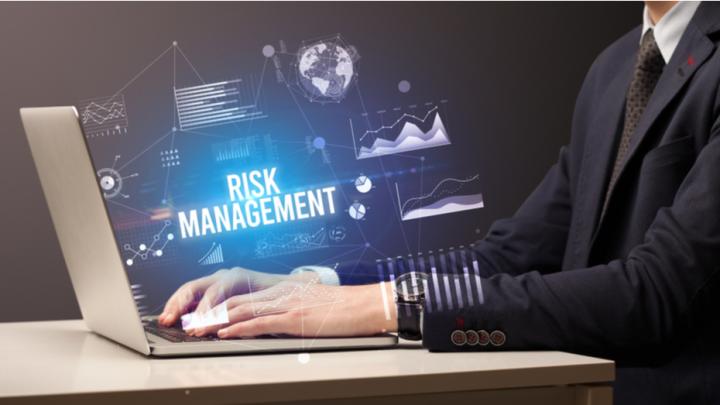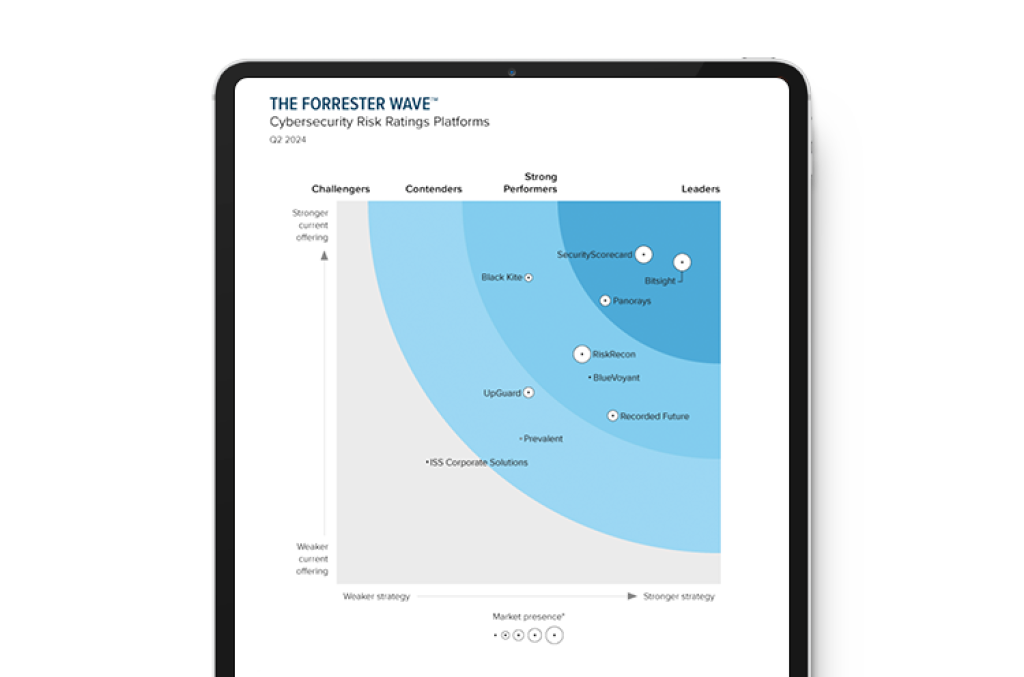What is Information Risk Management?

What is Information Risk Management?
Information risk management is defined as the policies, procedures, and technology an organization adopts to reduce the threats, vulnerabilities, and consequences that could arise if data is not protected. Common threats include ransomware, data breach, denial of service attacks, supply chain hacks, and more – many of which exploit existing vulnerabilities in your organization’s IT environment. These risks must be accounted for in your information risk management plan to ensure your organization remains resilient in the face of an evolving threat landscape.
What is Information Risk?
Information risk refers to the potential for harm or loss resulting from the misuse, destruction, or unauthorized access to data. This encompasses a wide range of scenarios, such as sensitive customer information being stolen in a data breach or vital company records being corrupted or made unavailable. Information risk also includes risks associated with third-party data handling and the accidental exposure of proprietary information by internal employees. Effectively understanding and mitigating these risks is crucial to protecting your business operations, reputation, and overall security posture.
What is Information Risk Management in Cybersecurity?
Information risk management in cybersecurity is a systematic process aimed at identifying, assessing, and prioritizing risks that may affect the confidentiality, integrity, and availability of an organization's information assets. This process is used to create a tailored cybersecurity strategy that incorporates risk-reduction activities, such as deploying technology controls, updating policies, or training employees to reduce human error. Information risk management is an ongoing process that needs constant updating to stay ahead of emerging threats and to ensure alignment with evolving business objectives.
Understanding the IT Risk Equation
In this article, we’ll show you how the classic equation for risk can help you develop your information risk management strategy to prioritize risk reduction efforts and improve your organization’s security posture – plus best practices for doing so.
As mentioned in our working definition, information risk management examines the classic equation for risk:
Threat x Vulnerability x Consequence
Threat is inherent in information risk management. Threats can manifest within your organization (often due to human error or malicious behavior) and from third parties including cybercriminals, hackers, and even trusted third parties (such as vendors or partners). Threats are the potential dangers that may exploit vulnerabilities in your environment.
Vulnerability denotes the gaps in your security program that could be exploited. For instance, if a sensitive document is put in a locked safe protected by guards, it is unlikely to be compromised. On the other hand, if the same document is stored on an open, unprotected network, the level of vulnerability is much higher. Therefore, it is crucial to identify all vulnerabilities in your IT infrastructure, understand the potential paths of exploitation, and prioritize their remediation.
Consequence represents the harm caused to an organization by a cyberattack or other risk events. An important element to consider here is the value of the information you’re trying to protect — something which can vary tremendously. For example, intellectual property data or pricing information may be of value to your organization. But data such as personally identifiable information (PII) can also hold value because of the legal requirements to protect it. Consequences may include financial loss, reputational damage, operational disruption, or regulatory penalties. When determining risk, it’s important to ask what might happen if that data is compromised.
Best Practices for Managing Information Risk
Knowing what information risk management is and understanding the components of the risk equation is the first step to managing risk. From here you can establish a clear strategy for cyber security and risk management.
A key part of that strategy is understanding the true scope of your expanding digital environment – on-premises, in the cloud, across geographies, business units, and remote locations. After all, you can’t secure what you can’t see. Instead of undertaking a time-consuming inventory and manual risk assessment of your IT infrastructure, use an attack surface analytics tool to discover the location of your digital assets quickly and automatically – and the corresponding cyber risk associated with each of those assets.
To continuously manage information risk, you should:
-
Use Security Performance Monitoring: Bitsight for Security Performance Management can help you continuously monitor for emerging vulnerabilities. Bitsight automatically reveals the vulnerabilities facing your organization in near real-time, identifying and alerting you to misconfigured software, unpatched systems, open ports, and anomalies in user behavior. It also ranks areas of disproportionate risk, allowing security teams to prioritize where to allocate resources.
-
Measure Security Effectiveness: Bitsight Control Insights enables the continuous measurement of security controls against best practice frameworks such as CIS Controls. This provides a data-driven view of how effective your information security efforts are and helps maintain alignment with compliance requirements. With Bitsight Security Ratings, you’ll get a data-driven measurement of your enterprise-wide security posture. Findings are presented as a numerical score (like a credit score), making it easy to convey security risks and your organization’s cyber readiness in terms that all stakeholders can understand.
-
Manage Third-Party Risks: Third-party vendors and partners are an integral part of modern business operations but also introduce significant risk. Using tools like Bitsight for Third-Party Risk Management allows you mitigate supply chain risk by measuring, verifying, and continuously monitoring your vendors’ security postures – without relying on manual, subjective, point-in-time assessments. If a vendor’s security performance drops below a pre-agreed risk threshold, you’ll receive automatic alerts and insights that you can share with your vendors, making third-party risk management a more collaborative process.
What is Information Security Risk Management?
Information security risk management (ISRM) refers to managing risks specifically related to the protection of information’s confidentiality, integrity, and availability. While information risk management looks at data risks more broadly, ISRM focuses directly on cybersecurity measures and controls. This includes activities such as the implementation of firewalls, patch management, incident response plans, and other security controls designed to protect sensitive data and maintain a secure environment. Information security risk management is often seen as a critical component of the broader information risk management strategy.
Difference Between Information Risk Management & Information Security Risk Management
The distinction between information risk management and information security risk management lies in their respective scopes. Information risk management is broader, encompassing any risks that threaten an organization's information assets, including operational, reputational, legal, and cybersecurity-related risks. Information security risk management, however, is focused specifically on mitigating risks related to cybersecurity and ensuring the confidentiality, integrity, and availability of data. ISRM is a subset of the overall information risk management effort, emphasizing the security mechanisms that protect data.
Everyone is Responsible for Information Risk Management
Information risk management is not just the responsibility of IT or security teams; it is an organization-wide imperative. From executives to front-line employees, everyone has a role to play in safeguarding the organization’s information assets.
The comprehensive insights provided by tools like Bitsight make it possible to automatically measure and monitor enterprise-wide and third-party security performance effectively. These data-driven insights empower the C-suite, board of directors, and cross-functional leaders to align on where to invest limited budget, time, and resources to best mitigate the risk of cybersecurity threats, protecting both the organization and its stakeholders.



